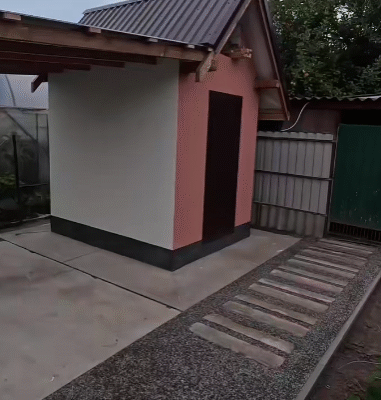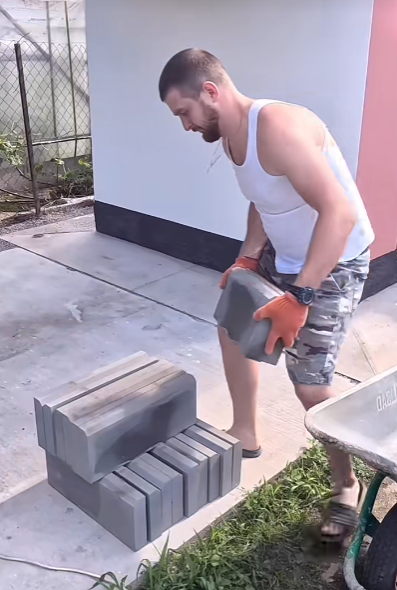
Decorative plaster is more than just a wall finish—it’s a form of artistic expression that transforms ordinary walls into textured masterpieces. In recent years, DIY decorative plaster has gained popularity as homeowners and creative individuals seek to add a personal touch to their spaces. Whether you’re renovating your living room, creating a cozy corner, or looking to impress visitors with a feature wall, decorative plaster can be the perfect way to achieve a unique look. In this guide, we’ll walk you through the steps, tools, techniques, and inspirations to start your own DIY decorative plaster project—from the first line to the thousandth.
Why Choose Decorative Plaster?
Decorative plaster offers both aesthetic and functional benefits. It adds depth, texture, and sophistication to any wall. Unlike standard paint, plaster can imitate natural materials such as marble, stone, or even silk. Some plasters provide additional insulation and soundproofing, making them a practical choice as well.
The most popular types of decorative plasters include:
- Venetian Plaster: Smooth and glossy, mimicking polished marble.
- Textured Plaster: Adds a rough, tactile feel to the wall.
- Stucco: Common for exterior walls but increasingly used indoors for a Mediterranean look.
- Marmorino: A more traditional lime-based plaster that is breathable and eco-friendly.
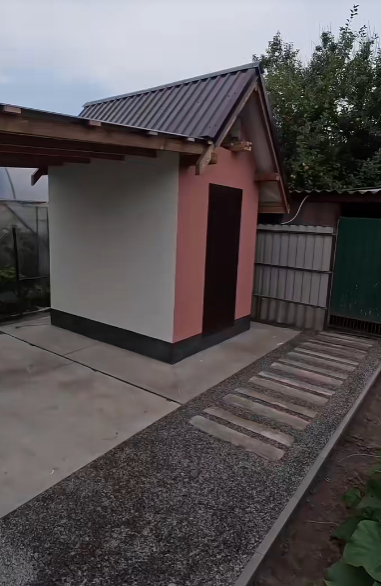
Tools and Materials You’ll Need
Before diving into your plaster project, gather these essential tools and materials:
- Plaster mix (Venetian, Marmorino, or synthetic variant)
- Trowels and spatulas
- Hawk (for holding plaster)
- Mixing bucket
- Electric mixer or drill with mixing attachment
- Painter’s tape and drop cloths
- Sandpaper or sanding sponge
- Primer (bonding primer if needed)
- Protective gloves and goggles
Optional tools for added texture:
- Sponge
- Brush
- Roller
- Stencils
- Comb or special trowel for linear effects (like those used in “1000 lines” style)
Preparation: The Most Important Step
Great results start with proper preparation. Begin by cleaning the wall and removing any dirt, grease, or loose paint. If your wall has holes or cracks, patch them with filler and allow them to dry completely. Once the surface is smooth and dry, apply a primer to ensure better adhesion.
Tip: Use a bonding primer if applying plaster over glossy or non-absorbent surfaces. Allow the primer to dry completely before plastering.
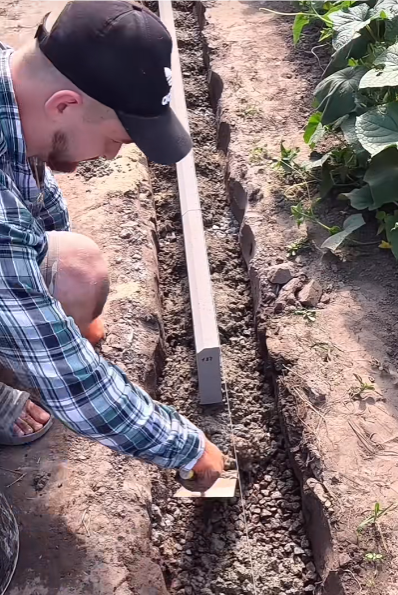
Getting Started: First Lines and Base Coat
The term “1000 lines” in the title can be interpreted literally or artistically—perhaps referring to the meticulous strokes and layers that go into creating textured beauty. To start, mix your plaster according to the manufacturer’s instructions. Using a wide trowel or spatula, apply a thin base coat to your wall. Spread it evenly and aim for a consistent surface.
Let the base coat dry completely before proceeding. This layer creates a foundation for the texture and ensures that your second layer adheres well.
Creating Texture: The Heart of the Process
Once the base layer is dry, it’s time to get creative. You can achieve hundreds of textures with simple tools and clever techniques. Here are a few ideas:
1. Linear Effects (“1000 Lines”)
Use a grooved trowel or comb to create straight or wavy lines across the surface while the plaster is still wet. You can make horizontal, vertical, or diagonal lines depending on your style. This style is often seen in contemporary design.
2. Spatula Technique
Apply a second layer using a small spatula, working in irregular strokes. This gives the wall a cloud-like appearance and works well with Venetian or Marmorino plaster.
3. Sponge or Brush Texturing
Dab or sweep a sponge or brush across the plaster for a soft, organic look. This technique is ideal for rustic or Tuscan-inspired interiors.
4. Stencil or Stamp
Use wall stencils or stamps to imprint patterns into the plaster. This adds elegance and a touch of personality to the space.
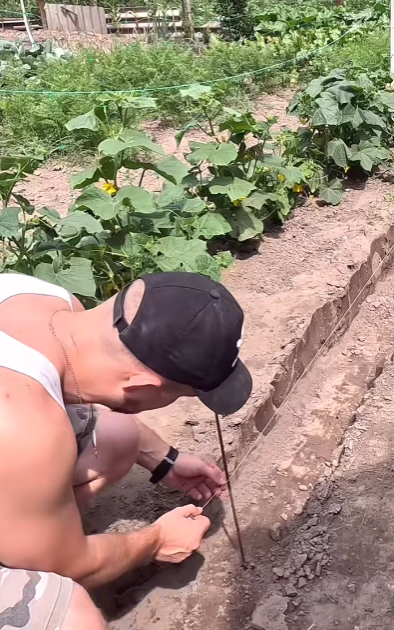
Adding Color and Finishing Touches
Decorative plaster doesn’t have to be a single color. You can add pigment to the plaster mix or apply a tinted glaze over the dried plaster for a multi-dimensional effect.
To finish:
- Once the final coat is dry, use fine sandpaper or a sanding sponge to smooth out sharp edges.
- For Venetian plaster, buff the wall with a steel trowel or a polishing pad to create a marble-like shine.
- For a rustic look, leave some roughness for character.
- Apply a sealer or wax to protect the surface from moisture and dirt. This step is crucial in high-traffic or humid areas.
Safety and Clean-Up
Plastering can be messy, so it’s important to protect your floors and furniture. Always wear gloves and safety goggles, especially when sanding or mixing powdered materials. Dispose of leftover plaster properly—don’t wash it down the drain, as it can harden and cause blockages.
Common Mistakes to Avoid
- Skipping Surface Prep: This can lead to poor adhesion and peeling.
- Applying Too Thick: Thick layers take longer to dry and can crack.
- Not Allowing Dry Time Between Layers: Always let each layer dry fully before adding another.
- Using the Wrong Tools: Invest in good-quality tools for better control and finish.
- Impatience: Rushing the process can ruin your hard work. Take your time and enjoy each line.
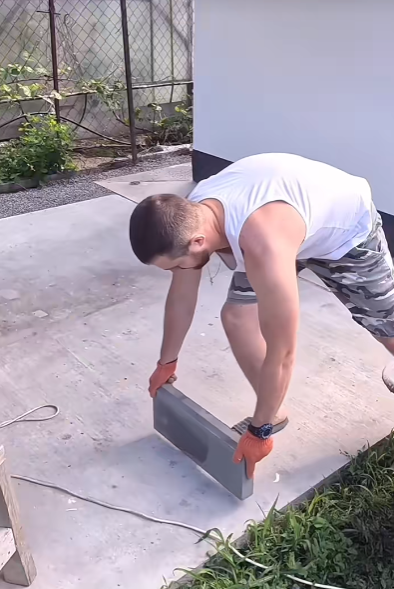
Inspiration and Personalization
The beauty of DIY plaster lies in the freedom it offers. Each line, curve, and swirl can reflect your mood, taste, and creativity. Try incorporating metallic pigments for glamour, or keep it monochrome for modern minimalism. You might even choose to inscribe poetry or abstract shapes into the plaster while it’s wet—turning your wall into a living canvas.
Need ideas? Think of:
- A calming ocean wave pattern in a bedroom
- Earthy, Tuscan textures for a kitchen
- Glossy, polished walls for a luxury bathroom
- Artistic swirls and linear details (“1000 lines”) in a studio or hallway
Final Thoughts
Creating decorative plaster walls might seem daunting at first, but with patience and a willingness to experiment, you can achieve incredible results. It’s a tactile, rewarding process—every line you draw, every layer you apply becomes part of a larger visual story. Whether you’re going for the perfect “1000 lines” of artistic texture or a subtle, elegant sheen, you’re not just decorating a wall—you’re crafting a space that’s truly your own.
So roll up your sleeves, pick up your trowel, and start your journey—line by line, until you’ve written your masterpiece across the walls of your home.
